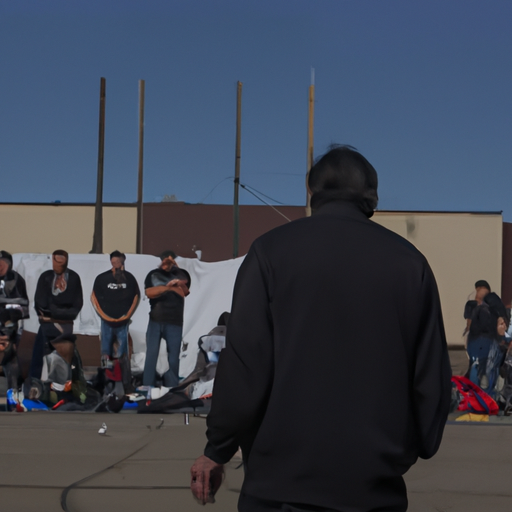Addressing the Opioid Crisis in Canada: The Face of Indigenous Communities
Welcome back to my blog, dear readers! Today we’re discussing something close to home: the opioid crisis in Canada. Our focus is on an address against opioids by focusing specifically on the Indigenous communities who endure this devastating situation. For context, I’m referencing a thought-provoking piece aired by APTN News. Let’s dive right into it!
A Glimpse into the Opioid Crisis
The opioid crisis in Canada has sparked significant concern, with growing numbers of opioid-related deaths in the past few years. This crisis hits close to home for many Canadians, particularly those in Indigenous communities. The crisis boosts crime rates, increases the number of homeless individuals, and ultimately strains our healthcare resources and opioid class-action lawsuits. With the ongoing socio-economic challenges these communities face, the crisis presents yet another hurdle to their prosperity and well-being.
New Hope: Naloxone and Indigenous-Led Programmes
While this prevailing crisis seems a bleak reality, new strides offer a shimmering light at the end of the tunnel. The good news? Indigenous communities are empowered to lead the charge against the crisis, and one of the key weapons in their arsenal is Naloxone. Naloxone, an opioid antagonist, is an emergency medication used to reverse the effects of an overdose. Rapid distribution and education about this life-saving drug have significantly combated the crisis’s threatening impacts. Furthermore, several Indigenous-led programmes aimed at treating and preventing substance abuse have shown promise.
Key Points
- The opioid crisis in Canada, particularly within Indigenous communities, births grave socio-economic challenges, including crime and homelessness.
- Opioid class-action lawsuits aim to provide justice and reparation for the countless lives affected.
- Naloxone is a crucial tool in the fight against opioid overdoses, offering an immediate and effective antidote to this rampant issue.
- Indigenous-led programmes are a testament to the shared resolve to combat the crisis, showing the power of community-based initiatives.
Indigenous-Led Wind Farm Project
Addressing the opioid crisis transcends merely stemming the fallout of addiction; it must also incorporate paving a way for an empowering future. That’s why it’s heartening to hear about initiatives such as the historic agreement with First Nations to bring a wind farm to southern Saskatchewan. This project symbolizes the communities’ ability to rise above their challenges. It will provide not only clean energy but also job opportunities, fostering a sense of self-sufficiency and entrepreneurship. This undertaking provides hope that, together, the effects of the opioid crisis can be mitigated and ultimately eradicated.
Final Thoughts
The opioid crisis in Canada demands urgent attention and action. The odds tend to be stacked against Indigenous communities, but their resilience and innovation continue to shine through in the face of adversity. Opioids and their devastating impact may be a part of the narrative today, but community-led projects and the increased accessibility to Naloxone are gradually highlighting the dawn of change. The journey may seem steep, but it’s a climb we must commit ourselves to continue. As we address opioids, opioid addictions, and eviction from the incessant class-action lawsuits, let us not forget the homeowner within us all. And here’s hoping the wind farm is the first gust of many more gales of positive change to come.


